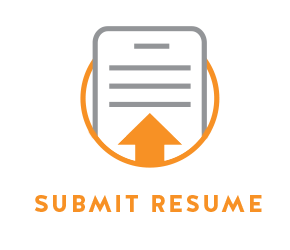Effective Internal Communication [What it is and Strategies]
Meduvi is a fully remote company, and we have only met in person a handful of times. However, we have formed solid connections and relationships because of our internal communication strategies.
Internal communication (IC) is how a company and its employees work together to align themselves with the company's core purpose.
While we shift into this remote-only or hybrid world, it is imperative to revamp our internal communication strategies to keep every employee engaged, valued, and maintain a positive work environment.
Our tried and true strategies:
Detailed emails
It's best to include every detail in one email — the less back and forth, the better. While asking questions is encouraged, it is best to give all the information at once for clarity.
Also, try to break everything up into sections to make it easier to read and retain.
Weekly meetings
We have meetings fairly frequently at Meduvi, ranging from our weekly staff meetings to short info sessions. It is nice to see everyone's faces a few times a week because, without those meetings, we would never see each other.
We are always open
Although we work remotely, we have an open-door policy. No matter what the problem, concern, or question is, we encourage transparency and openness.
How can you enhance IC?
Create a discussion board
When we are all busy, regular conversations can get pushed aside. Try creating a discussion board where you pose a question once a week for your employees to answer.
The question could be a fun hypothetical, company-related, or even just asking what everyone's weekend plans are.
Weekly check-ins
Try your best to schedule a weekly check-in with each individual — frequent check-ins aid in establishing a personal connection and positive work environment. Weekly check-ins may be difficult for medium-large companies, and at that point, it is okay to make these check-ins monthly.
The check-in should be employee-focused. Provide a platform to discuss any issues or concerns, or lend a helping hand if they need help with something outside the workplace.
Use SMART goals
Specific: What exactly do you want to do?
Measurable: How will you know if you met your goal?
Achievable: Do you have the time and resources to achieve your goal?
Relevant: Does it align with company values?
Timely: When do you want to accomplish your goal, and is this timeframe realistic?
Once you check this off your list, you are ready to implement your strategy. Need more ideas? Check out our post about employee engagement.

![Effective Internal Communication [What it is and Strategies]](https://images.squarespace-cdn.com/content/v1/552d5a31e4b058abedcd3855/1630689858775-SEIHIPQLAYED7L8GTRVU/Blog+images+%283%29.png)





